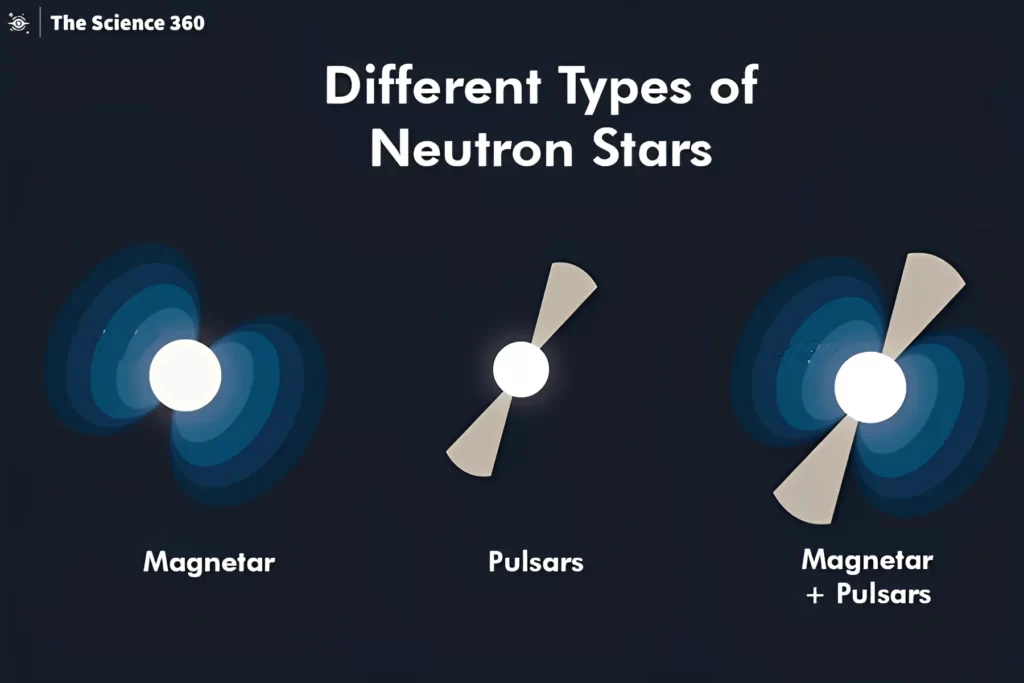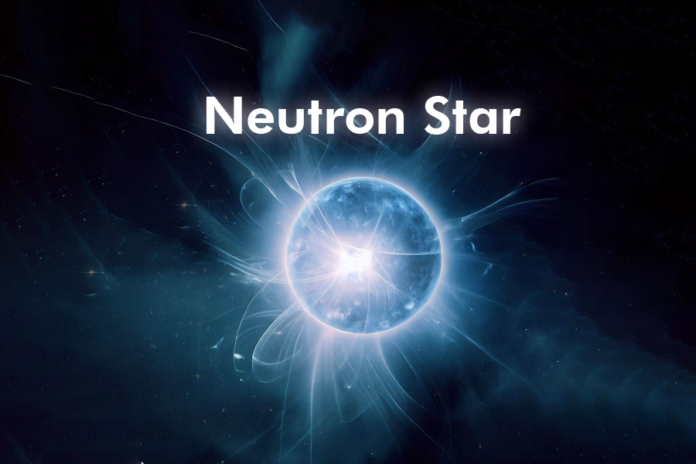Introduction
Neutron stars are some of the most fascinating celestial objects in the universe. Born out of the explosive death of massive stars, these incredibly dense remnants hold the key to understanding fundamental aspects of physics and the mysteries of the cosmos. In this article, we will delve into the secrets of neutron stars and explore the enigmatic nature of these dense objects that continue to captivate astronomers and astrophysicists alike.
The Formation of Neutron Stars
Neutron stars come into existence through a cataclysmic event known as a supernova. When a massive star reaches the end of its life, it undergoes a tremendous explosion, releasing an immense amount of energy into space. The outer layers of the star are blown away, leaving behind a dense core composed primarily of neutrons.
Supernova Explosions: A Stellar Show
Supernova explosions are among the most spectacular events in the universe. These titanic explosions can outshine entire galaxies for a short period, releasing an enormous amount of energy in the process. The debris from a supernova can disperse over vast distances, seeding the cosmos with heavy elements that are crucial for the formation of planets and life itself.
The Birth of a Neutron Star
In the aftermath of a supernova, the remaining core collapses under the influence of gravity, resulting in a neutron star. The collapse is so intense that the protons and electrons in the core merge to form neutrons, hence the name “neutron star.” The result is an incredibly dense object with a mass several times that of our Sun packed into a sphere only a few kilometers in diameter.

Subtypes of Neutron Stars
Pulsars
Pulsars are a type of neutron star that emit beams of radiation from their magnetic poles. As the star rotates, these beams sweep across the sky, creating a pulsing effect.
Magnetars
Magnetars are neutron stars with incredibly powerful magnetic fields, up to a thousand times stronger than those of typical neutron stars. These intense fields can cause starquakes and emit high-energy radiation.
Neutron Star Binaries
Neutron star binaries are systems where two neutron stars orbit each other. They are key sources of gravitational waves and can provide valuable insights into neutron star properties and behavior.
Unveiling the Secrets of Neutron Stars
Size and Mass
Despite their massive weight, neutron stars are incredibly small. They typically have a radius of about 10 kilometers, roughly the size of a city. However, their mass is about 1.4 times that of our Sun. This makes neutron stars some of the densest objects in the universe.
The Mystery of Neutron Star Composition
One of the key mysteries surrounding neutron stars is their precise composition. While they are primarily composed of neutrons, there are still uncertainties about the presence of other exotic particles, such as hyperons or quark matter. Understanding the internal structure of neutron stars is crucial for unraveling the nature of matter under extreme conditions.
The Phenomenon of Neutron Star Magnetism
Neutron stars possess incredibly strong magnetic fields, thousands to billions of times stronger than Earth’s magnetic field. These magnetic fields play a crucial role in shaping the behavior of neutron stars and give rise to various intriguing phenomena, such as pulsars and magnetars. Pulsars are highly magnetized neutron stars that emit beams of radiation, while magnetars are neutron stars with the most intense magnetic fields in the universe.
Neutron Stars as Cosmic Timekeepers
Pulsars, which are rapidly spinning neutron stars, act as cosmic timekeepers. Their rotation periods are incredibly stable, rivaling the accuracy of atomic clocks. By precisely measuring the arrival times of pulsar signals, scientists can study gravitational waves, test theories of gravity, and even search for elusive phenomena like dark matter.
The Gravitational Dance of Neutron Stars
Neutron stars, especially when they exist in binary systems with another star, can produce mesmerizing gravitational dances. As the two stars orbit each other, their gravitational interaction causes a waltz in space, emitting gravitational waves that ripple through the fabric of the universe. Observing these gravitational waves can provide valuable insights into the nature of gravity and the behavior of matter under extreme conditions.
FAQs (Frequently Asked Questions)
Q: How do neutron stars get their immense density?
A: Neutron stars acquire their immense density through the gravitational collapse of massive stars during a supernova
explosion. The collapse is so intense that the protons and electrons in the core merge, forming neutrons.
Q: Are neutron stars dangerous to Earth?
A: Neutron stars are generally not dangerous to Earth unless they are in close proximity to our planet. Their intense gravitational fields and radiation can have adverse effects, but the vast majority of neutron stars are located at great distances from us.
Q: Can we visit a neutron star?
A: Visiting a neutron star is currently beyond the realm of human possibility. Their extreme density and intense gravitational fields make it extremely challenging for any spacecraft to approach or land on a neutron star.
Q: Do neutron stars emit light?
A: Neutron stars can emit light in various forms, depending on their specific characteristics. Pulsars, a type of rapidly spinning neutron star, emit beams of radiation that can be detected as pulses of light.
Q: Can neutron stars collide?
A: Yes, neutron stars can collide under certain circumstances. When two neutron stars come close to each other, their gravitational interaction can cause them to merge, resulting in a cataclysmic event known as a kilonova.
Q: What can we learn from studying neutron stars?
A: Studying neutron stars provides valuable insights into fundamental physics, such as the behavior of matter under extreme conditions, the nature of gravity, and the properties of super-dense objects in the universe.
Conclusion
The mystery of neutron stars continues to captivate scientists and enthusiasts alike. These dense remnants of stellar explosions hold the secrets to the fundamental workings of the universe. From their formation in supernova explosions to their mesmerizing gravitational dances, neutron stars are windows into the depths of space and time. As our understanding of these cosmic powerhouses deepens, we come closer to unraveling the enigmas that shroud the universe.


